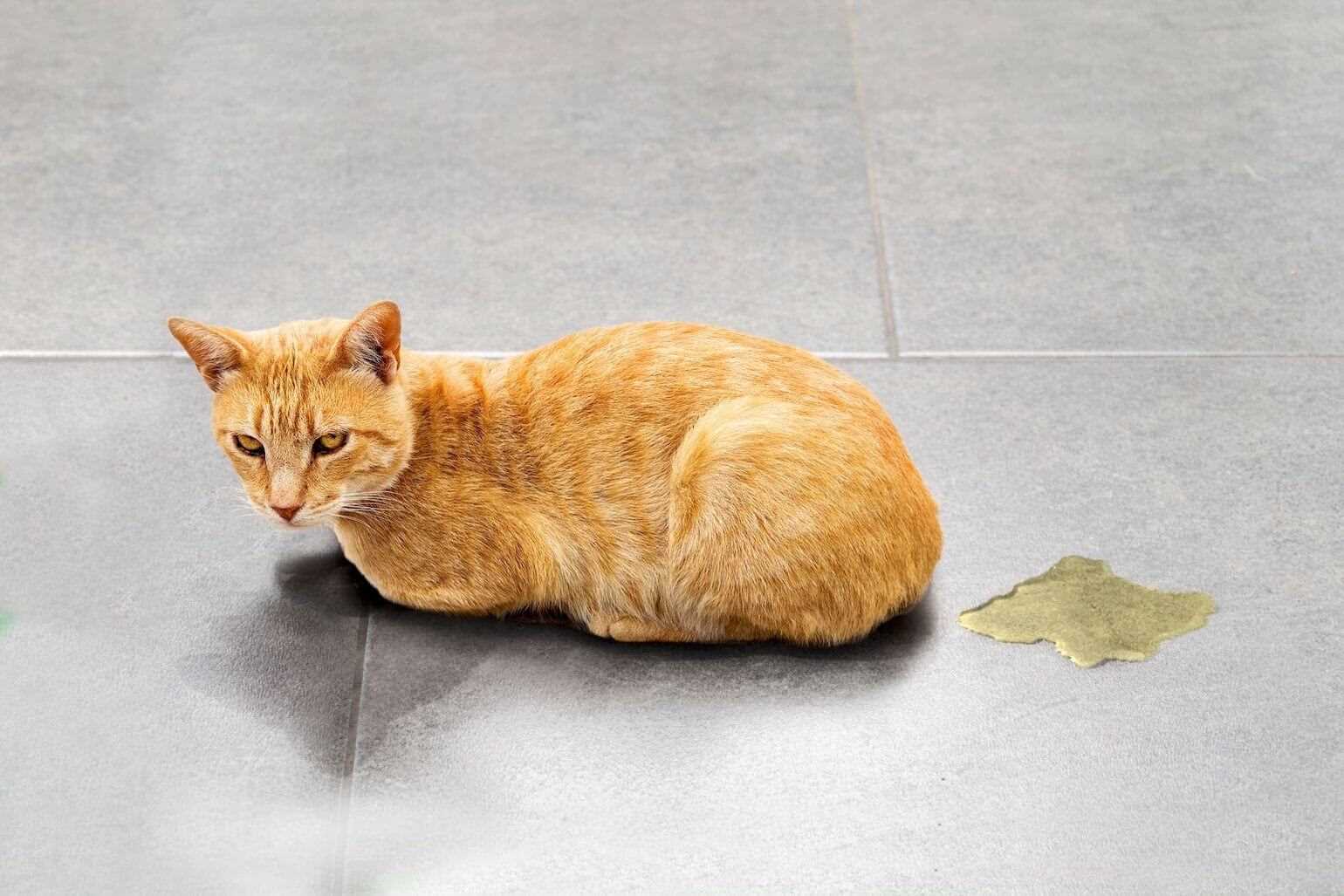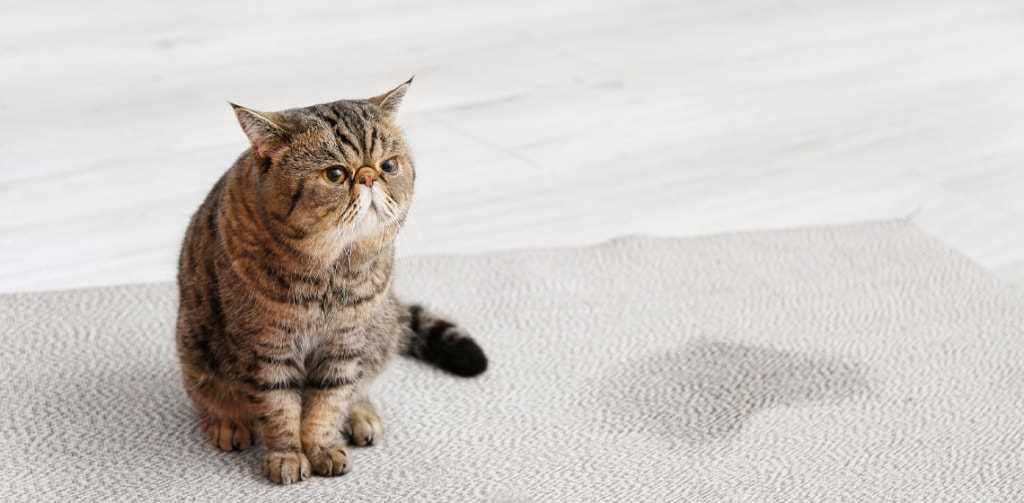



In most cases, the unpleasant aroma from my territory can linger between a few days to several weeks, depending on various factors. If the spot is promptly cleaned with enzymatic cleaners, the scent can fade significantly in just a couple of days. However, if not addressed quickly, the odor may take weeks to dissipate completely.
The key to tackling this issue lies in the cleaning method. Utilizing products specifically designed to neutralize odors is essential. Vinegar and baking soda can serve as effective home remedies, but professional-grade cleaners often yield better results. Remember to thoroughly saturate the affected area to ensure that all residual particles are eliminated.
Additionally, the type of surface plays a substantial role. Carpet and upholstery tend to absorb odors more than tile or hardwood floors. Regular maintenance and cleaning can help prevent any lingering scents, ensuring a fresher environment for both me and my humans.
Duration of Odor from Urine

After an accident, the lingering scent can persist for several days to weeks if not addressed properly. Immediate cleanup is key to minimizing the odor duration.
Factors Influencing Persistence
- Surface Type: Porous materials like carpet or upholstery absorb the liquid, prolonging the fragrance.
- Age of the Stain: Fresh spots are easier to clean than older ones, which can become more stubborn over time.
- Cleaning Products Used: Enzymatic cleaners break down the compounds, helping to eliminate the scent more effectively.
Tips to Mitigate Odor
- Act quickly by blotting the area with paper towels.
- Use a specialized cleaner that targets the specific compounds in the liquid.
- Consider using a steam cleaner for deeper penetration into fabrics.
- Ventilate the area to help disperse the scent.
Regular cleaning and prompt action can significantly reduce how long the unpleasant scent sticks around. By following these guidelines, the freshness of your space can be restored swiftly.
Understanding the Composition of Feline Urine

The unique scent of my liquid waste is primarily due to urea, creatinine, and uric acid. Urea breaks down into ammonia, contributing to that pungent aroma. The higher concentration of proteins in my diet leads to more intense odors. Affected factors include hydration levels; dehydrated individuals produce stronger-smelling waste.
Additionally, the presence of pheromones plays a significant role in the fragrance. These chemical signals are crucial for communication with other felines. Their concentration varies depending on my emotional state and health, affecting the overall aroma.
When cleaning up after me, it’s vital to use enzymatic cleaners. They break down the components, removing not just the scent but also preventing lingering odors. Traditional cleaners may mask the smell temporarily but fail to eliminate the source.
Maintaining a proper diet and hydration can also influence the odor profile. A balanced diet rich in moisture can help reduce the intensity of the scent, making it less noticeable. Regular veterinary check-ups ensure that any underlying health issues contributing to strong scents are addressed promptly.
Factors Influencing the Duration of Urine Aroma
Several elements determine how persistent the odor from my territory can be. First, the age of the stain plays a significant role. Fresh marks typically emit a stronger scent compared to older ones, which may fade over time.
Next, the type of surface where it lands matters. Fabrics, carpets, and porous materials absorb the liquid deeply, prolonging the fragrance. Hard surfaces such as tiles or laminate can be cleaned more easily, reducing scent duration.
The cleaning method used also affects how quickly the smell dissipates. Using enzymatic cleaners specifically formulated for pet waste can effectively neutralize the odor, while traditional cleaners may merely mask it, leaving behind lingering traces.
Humidity and temperature in the environment are additional factors. Higher humidity levels and warm temperatures can intensify the scent, allowing it to linger longer in the air and surfaces.
Lastly, the diet of a feline can influence the aroma. Certain foods may produce stronger-smelling waste, making it more challenging to eliminate the scent. A balanced diet can help maintain less odorous output.
Methods for Eliminating Cat Urine Odor
Vinegar solution works wonders for neutralizing unpleasant scents. Mix equal parts of white vinegar and water, and blot the affected area. This helps break down the compounds causing the stench.
Another effective approach is using baking soda. Sprinkle it over the damp area, let it sit for several hours, then vacuum. This absorbs moisture and odors simultaneously.
Enzymatic cleaners are specialized products designed to tackle protein-based odors. They break down the components of urine, ensuring a fresh-smelling environment. Look for those labeled as enzymatic and follow the instructions on the packaging for best results.
Hydrogen Peroxide Mix
A mixture of hydrogen peroxide, dish soap, and baking soda can also be beneficial. Combine one cup of hydrogen peroxide with a teaspoon of dish soap and a tablespoon of baking soda. Apply this solution to the area, scrub gently, and rinse afterward. It effectively eliminates odors while sanitizing the surface.
Odor Absorbers
Utilizing activated charcoal or commercial odor absorbers can significantly help. Place these in areas prone to lingering smells, and they will work continuously to absorb any unwanted scents.
Regular cleaning of litter boxes and using an appropriate litter can greatly reduce issues. Keeping the space clean and odor-free is key to avoiding persistent smells. For additional tips on managing odors, you might find insights about where does digestion of proteins occur useful.
Comparing Different Cleaning Products for Cat Urine
For effective cleanup, I’ve tested various products on the market. Here’s a breakdown based on performance and user feedback.
| Product | Type | Ingredients | Effectiveness | Price |
|---|---|---|---|---|
| Nature’s Miracle | Enzymatic Cleaner | Natural enzymes | Highly effective; targets odors | $10.99 |
| Simple Solution | Stain Remover | Enzymes, probiotics | Great for tough stains | $9.99 |
| Rocco & Roxie | Professional Strength | Natural enzymes | Excellent odor neutralization | $19.99 |
| Bissell Pet Stain & Odor | Carpet Cleaner | Enzymatic formula | Effective on carpets | $14.99 |
| Vinegar and Baking Soda | DIY Solution | Vinegar, sodium bicarbonate | Moderate; works well if fresh | Under $5 |
Based on my experiences, enzymatic cleaners consistently outperform other options. They break down the compounds causing unpleasant scents, providing a longer-lasting solution. In contrast, DIY mixtures can be less effective, especially if the stain is older.
When choosing a product, consider the surface being treated. Carpet cleaners are specifically formulated for fibers, while general-purpose enzymatic cleaners can be used on various surfaces. Always read the instructions for best results.
When to Seek Professional Help for Persistent Odors
If the unpleasant scent remains after your best efforts to eliminate it, it’s time to reach out for help. Persistent odors may indicate that the issue is deeper than a simple cleanup can address. A professional cleaner with experience in handling such situations can provide specialized solutions and equipment to tackle stubborn residues.
Consider consulting a veterinarian if your human notices frequent accidents or if the odor is accompanied by behavioral changes. This might signal a health issue that needs attention. A vet can help identify any underlying problems that could be contributing to the situation.
In some cases, the materials in your home, such as carpets or upholstery, may have absorbed the scent. Professionals can assess whether replacement or more intensive cleaning methods are necessary.
For those who want to prevent future issues, investing in quality dry foods for cats can enhance your overall health and reduce unwanted incidents. A balanced diet plays a vital role in maintaining proper bladder health, reducing the likelihood of accidents.








